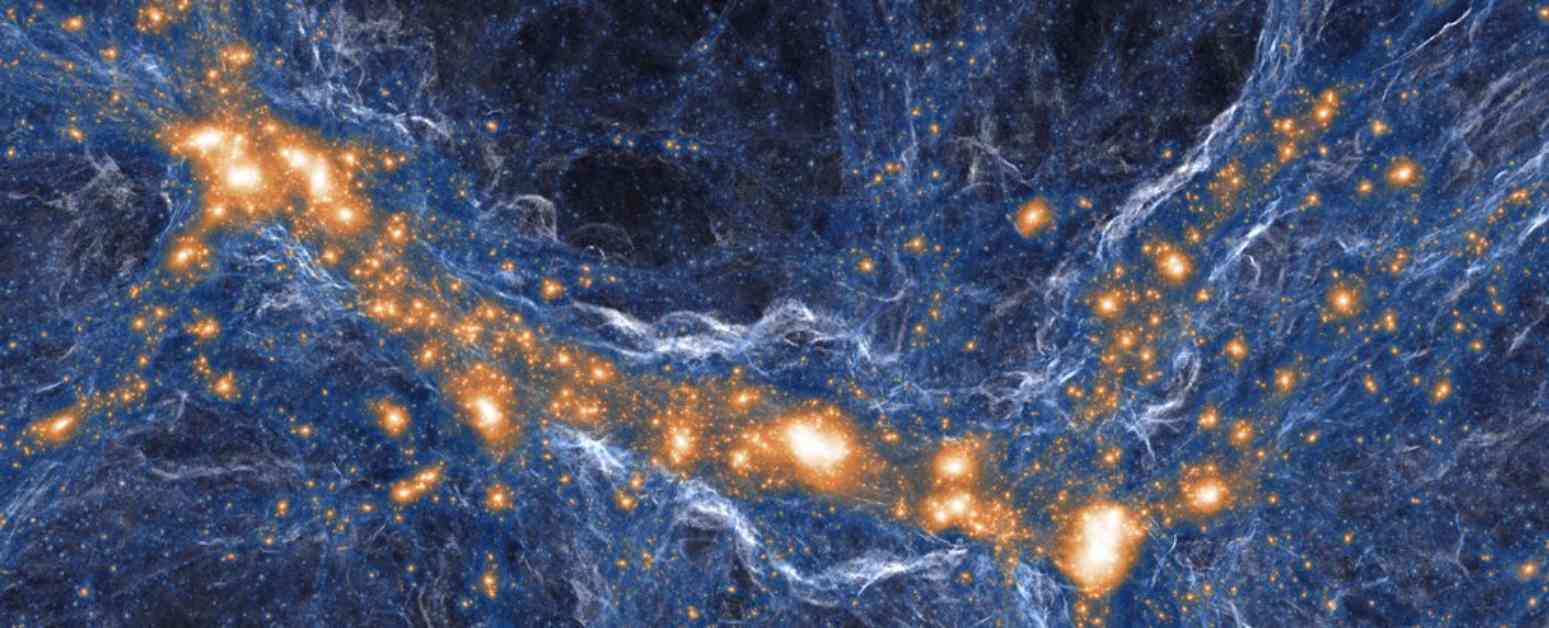Exploring Dark Matter Interactions Beyond Gravity
Dark matter has long been a source of fascination and mystery in the realm of astrophysics. Unlike regular matter, dark matter does not interact with light, making it invisible to our traditional methods of observation. This lack of interaction with light is what gives dark matter its name, rather than implying a shadowy or sinister nature.
In the world of regular matter, we are familiar with how light and atoms connect. Light is an electromagnetic wave, and atoms contain electrically charged particles such as electrons and protons. This allows regular matter to emit, absorb, and scatter light, leading to the formation of shadows and the visibility of objects in the universe.
However, dark matter is fundamentally different in this regard. It lacks electrical charge, which means it has no way to connect with light. When light encounters dark matter, they simply pass through each other without any interaction. This unique property of dark matter has posed significant challenges for scientists trying to understand its nature.
While dark matter and light do not have any direct interactions beyond gravity, their gravitational effects can be observed in the universe. For example, when dark matter clusters around a galaxy, its gravitational tug can deflect light, allowing us to map the distribution of dark matter by observing how light is gravitationally lensed around it.
Additionally, dark matter and regular matter do interact gravitationally, as evidenced by the way dark matter causes galaxies to gather into superclusters. This gravitational interaction has been a key focus of research in astrophysics, shedding light on the role of dark matter in shaping the structure of the universe.
One of the biggest unanswered questions in the study of dark matter is whether it interacts with regular matter beyond gravity. If an atom and a dark matter particle were to intersect, would they simply pass through each other, or is there a more complex interaction at play? This question has spurred intense debate among scientists and theorists.
A recent study has brought new insights into this question by examining the behavior of ultrafaint dwarf galaxies (UFDs), which are satellite galaxies near the Milky Way that appear to have fewer stars than expected based on their mass. These galaxies are believed to be predominantly made of dark matter, making them ideal candidates for studying the interactions between dark and regular matter.
The study conducted computer simulations of two scenarios: one where dark and regular matter only interact gravitationally, and another where they have direct interactions. The results showed that in the non-interacting model, the distribution of stars in the UFDs would be more concentrated in the center and less dense at the edges. However, in the interacting model, the distribution of stars would be more uniform throughout the galaxy.
When comparing these models with observations of the six UFDs, the interacting model was found to be a slightly better fit. This suggests that dark and regular matter may indeed interact in ways beyond their gravitational effects, challenging our traditional understanding of dark matter.
This new discovery opens up a realm of possibilities for further research into the nature of dark matter and its interactions with regular matter. The fact that there is any interaction at all between dark and regular matter indicates that our current models of dark matter may be incomplete or inaccurate.
Moving forward, scientists will continue to explore these interactions and seek new methods for directly detecting dark matter. By unraveling the mysteries of dark matter, we may gain a deeper understanding of the universe and unlock new insights into the fundamental forces that shape our reality.













